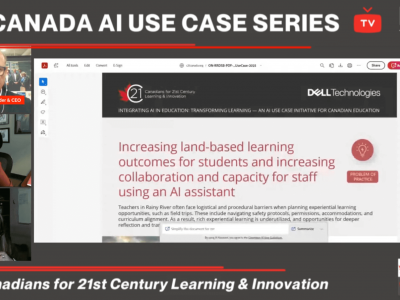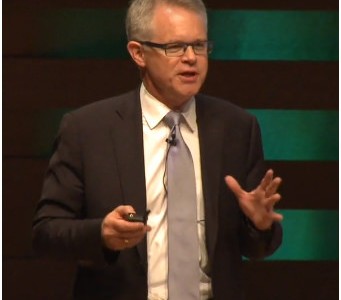I’m pretty sure that plagiarism is not going away anytime soon. I also think that if you are going to plagiarize, then there’s an increasing likelihood you’re going to be caught. With more and more sophisticated algorithms being developed to check for plagiarism, especially in light of AI, you can be pretty sure that if you’re submitting your paper or article to be published or evaluated your work will be scanned for plagiarism. Plagiarismcheck.org is a UK based online platform (Figure 1) dedicated to ensuring academic integrity. According to their website, they offer a plagiarism-checking tool based on advanced technology. With the plethora of tools available to students to make writing ‘easier,’ it makes complete sense to use a tool that is automated and covers large databases of information. From what I observed and experienced on this site I was impressed. At the very least I would recommend that if you’re looking for a robust online plagiarism checker, you should carefully investigate the features offered by Plagiarismcheck.org. Let me give you an overview of what you can expect.
This multilingual online tool offers integration with most of the major LMS platforms. This integration is advantageous, especially when so many school districts have adopted one or another of these systems. It also performs smart searching of documents. The smart search of documents checks the uses of synonyms, word rearrangements, and simple paraphrasing. For a full list of what Plagiarisimcheck.org offers with regards to resources and functions check this link https://plagiarismcheck.org/. Also, of course, like many online tools that you pay for, there are various levels of features and subscriptions you can purchase. The Pro version will also search closed depositories and libraries – no stone left unturned! A larger school or university can also create a repository of papers. A catalog helps a college or university avoid having a student’s work resubmitted by someone else since the original essay is probably not a published resource. A generated directory can be a great way to help police essay mills that sell articles to students to submit work that they have not written.

You might wonder how this process takes place. How does Plagiarismcheck.org evaluate a piece of work submitted for review? Check the image below (Figure 1) to follow the process this site runs through
every time a job is analyzed for plagiarism:

There’s also a FAQ section that you can review to answer questions that you may have about what this company offers. It also appears that they are more than willing to provide support at the highest level, including onboarding for new schools and organizations that want to use this resource efficiently and powerfully. Pricing seems reasonable and depending on your situation you can always contact them to discuss a pricing format that works for you. Individuals can use secure online payments, including PayPal, to pay for the service.
Students, writers, and bloggers can also use this tool to check their work. Checking work written for a blog is something I would highly recommend to bloggers. In a world where individuals feel the need to write about anything, there’s bound to be a mess of plagiarized writing sitting on the web. If you’re serious about blogging and you want to maintain your integrity, then it behooves you to make an effort to check your blog posts. This resource gives you an affordable way to ensure that what you write is adequately documented and represents what you have crafted, and not another author.
“You can avoid allegations of plagiarism through awareness and honest effort, “according to an APA style blog entry. I think that when someone intentionally plagiarizes another person’s work, then awareness and effort are null and void. You must be ethical, and you must be aware that to create something written using your mental faculties requires a great deal of effort. Moreover, it’s in the effort to research, organize, and write that one learns. This process is why post-secondary students are made aware of the ramifications of plagiarism and are required to acknowledge in writing that they will not plagiarize. Simple enough, one would think. We know human nature, however, and human nature often seeks the easiest way to do something that requires a great deal of effort. We can easily convince ourselves that we won’t plagiarize.
Plagiarismcheck.org is not merely about ‘catching’ plagiarists. When students are developing their writing voice and style they often experiment, and this experimentation can lead to copying another person’s style and voice. We shouldn’t look at this tool as simply punitive. It is, I believe, a great way to teach students how to write properly and follow the accepted conventions of research and writing. This process of learning begins early. Students need to learn how to redact writing errors and resolve citation issues. With this training the more likely they’ll become successful contributors to academia and beyond.
I used the service to scan several papers that were written by different people at different levels. One was a thesis for an M. Ed degree, and another one was a high school paper submitted for review in an English class. I’m happy to announce that both documents were found to have 0% plagiarism. I decided to check an article that I had written that was posted on MindShare Learning’s website. Theoretically, if I had this paper on my computer and then decided to use my copy to be evaluated by Plagiarismcheck.org, then it should find my copy to be plagiarized. Voila! After I submitted my copy to be assessed plagiarismcheck.org rightly indicated plagiarism had occurred. The source was, as to be expected, mindsharelearning.com. Impressive. Many other plagiarism checkers will suggest plagiarized work, and to what degree, however not many show the source. Further, you can view the copied work you by following the link to the source.
To be clear, we often ‘copy’ or reword another person’s work but fail to acknowledge the idea via a footnote or endnote. This kind of error happens a great deal. Plagiarismcheck.org also provides a Citation generator that helps you create a proper citation based on the style you are required to use. This function is a great help. If, for example, I submit my work to be checked before I submit it to an academic institution I can determine if I’ve missed something, or if I need to create a proper citation for work that I have failed to acknowledge. In this sense, this resource is not meant for assessment in the final sense but also before submitting work. I think that this kind of support could be provided to high schools so that students can review their work independently and learn how to manage their citations and sources better. Moreover, the process becomes a learning opportunity. When students can use a tool to check their work for improperly cited references, then they can either rework those particular sections entirely or cite the source as needed.
In conclusion, as I stated at the beginning, Plagiarismcheck.org is worth a closer inspection. I loved how simple it was to use, and the site was easy to navigate, and the tools performed as advertised. To be clear, I didn’t use it extensively, or at a high level, however, I’m pretty confident that any school or organization could be satisfied that this resource would perform seamlessly. Moreover, if a school or educational institution utilized it as an educational resource and not merely as a way to ‘catch’ plagiarism, then young writers could hone their writing skills to the highest levels.









